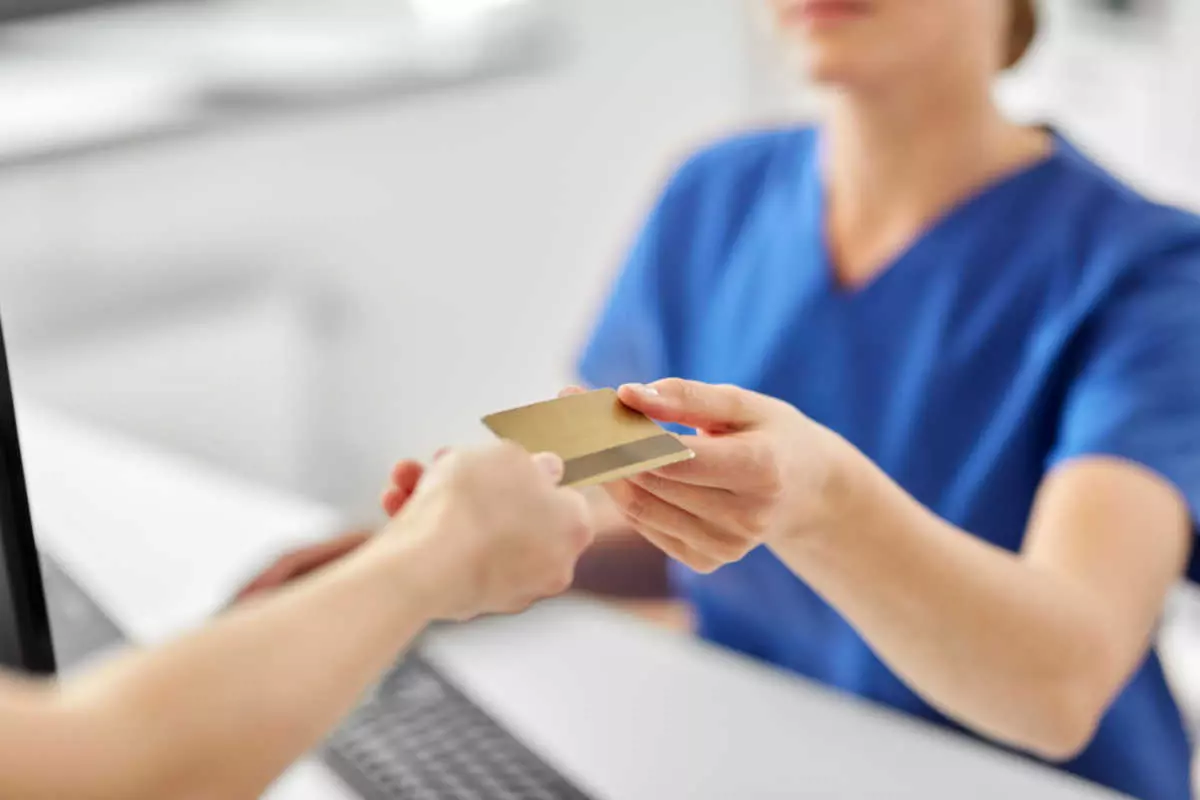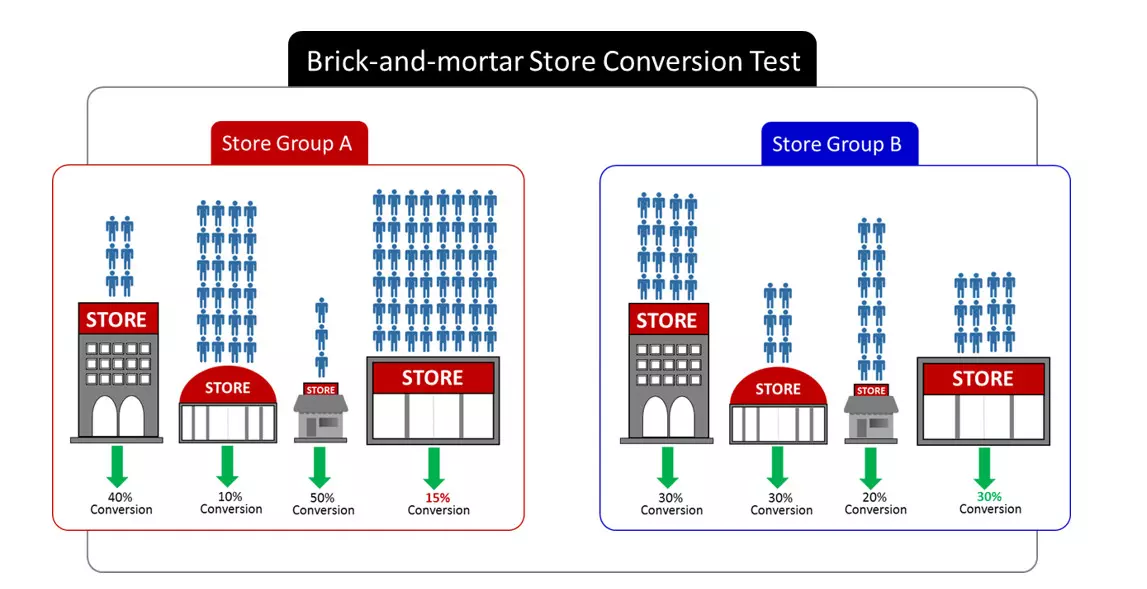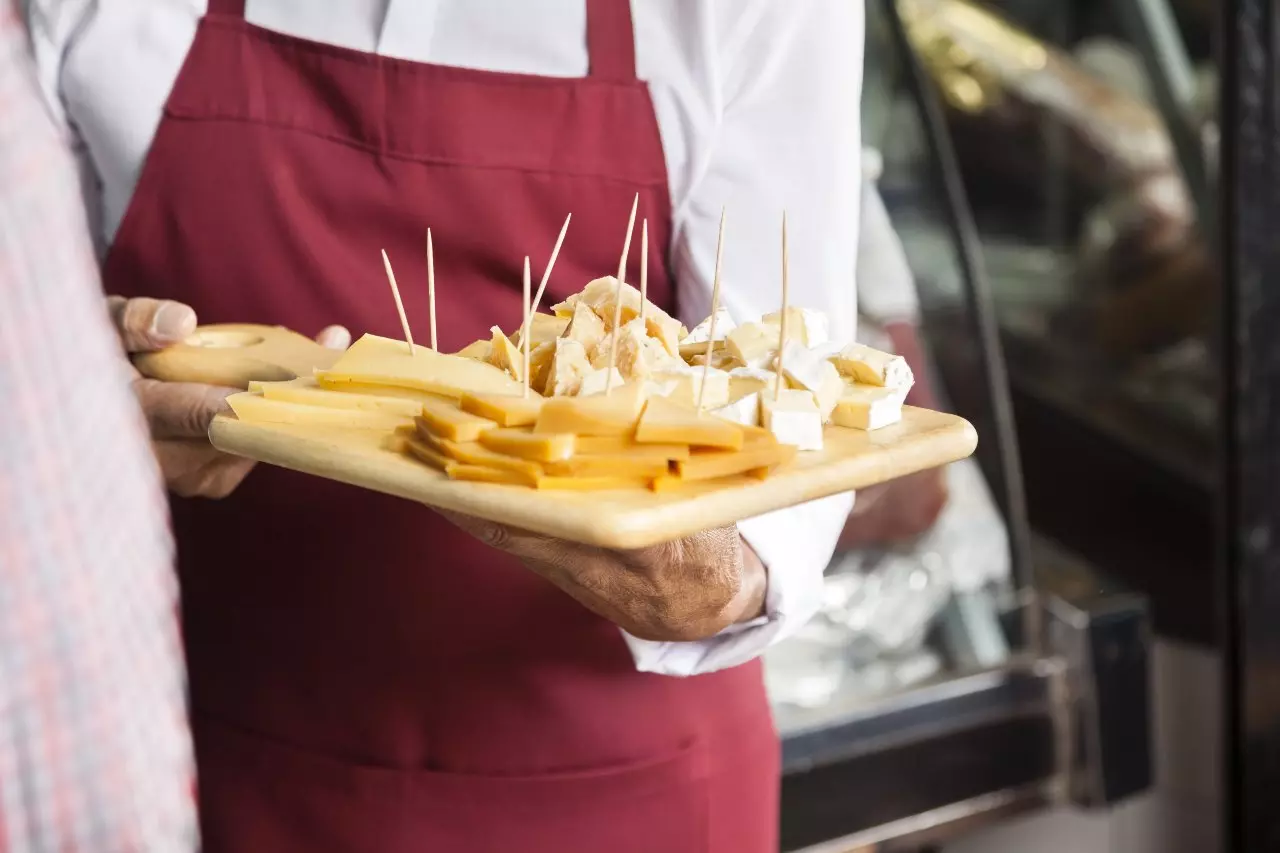Table of Contents
- What is the Conversion Rate in Retail?
- How to Calculate Conversion Rate in Retail
- Retail Conversion Rate Formula
- Average Conversion Rate in Retail
- Why It’s Important to Calculate Conversion Rate in Retail Stores
- What Factors Impact Conversion Rate in Retail Store
- Store Location
- Store Layout
- Staff Abilities and Performance
- Visual Merchandising
- Checkout Process
- 7 Ways to Increase Conversion Rate in a Retail Store
- Use Point-of-Sale Advertising
- Train Your Staff to Be More Welcoming
- Don’t Make Customers Wait
- Implement Checkout POS Financing
- Use QR Codes for Product Descriptions
- Offer Free Samples
- Offer Buy In-Store, Ship to Customer
- Conclusion
The conversion rate in retail is an important indicator of a retail store’s performance and customer behavior. It is calculated by dividing the number of shoppers who purchased at least one item by the total number of customers entering the store. Several factors, including the store’s layout and customer service, influence the conversion rate. As a result, retail store managers can work on improving their conversion rates by improving customer service, cutting checkout lines, and rearranging the store layout to incentivize impulse purchases.
You might think that the number of sales is enough to assess the performance of your retail store. However, retail conversion rate should also be a priority to fully understand whether you’re maximizing your resources to attract potential customers.
This blog will look at how to calculate the conversion rate in retail and provide some tips and tricks to achieve higher conversion rates in your store.
What is the Conversion Rate in Retail?

Retail conversion rate is the percentage of customers walking into your store to buy something. It is calculated by dividing the number of customers that purchase something by the number of total customers stepping into your store.
For example, imagine that 500 shoppers have entered your store throughout the day, but only 100 of them made a purchase. This means that your conversion rate for the day was 20%. You can use this KPI to fine-tune your sales strategies.
How to Calculate Conversion Rate in Retail
To calculate the conversion rate in retail, you first need to identify the number of customers entering your store in a set time period. To do this, retailers usually use foot traffic counters. These are small sensors located on top of doorways to capture the number of people walking into the store.
Then, you plug this number into the Retail Conversion Rate Formula.
Retail Conversion Rate Formula
There is a simple conversion rate formula to calculate the percentage of buyers:
Number of Sales / Total Number of Visitors x 100%
Let’s say you had 2,000 customers enter your store in the past month, but only 200 bought something. The conversion rate would then be:
200 / 2,000 x 100% = 10%
Note that the conversion rate does not consider the number of items a single customer bought or the amount of money they spent during checkout. So, for example, if a customer buys three individual items, you would still count them as one for the number of sales.

Average Conversion Rate in Retail
Researchers have found that brick-and-mortar stores have a 20% to 40% conversion rate on average. This number is typically lower, around 3%, for online retailers, as customers window-shop more on online platforms than in physical stores. In addition, since shoppers have the opportunity to see and try products in real life, brick-and-mortar stores stimulate more impulse buys than online retailers.
Different kinds of retailers have different average conversion rates, depending on the type of products they sell and where they’re located. For instance, supermarkets usually experience higher conversion rates since people go there with the intention to buy. On the other hand, some small stores in large shopping malls can have lower rates as more people pass by their stores while being in the mall for other reasons. Nevertheless, for any type of retail store, a conversion rate of less than 15% is worrying and should be addressed.
Why It’s Important to Calculate Conversion Rate in Retail Stores
The number of sales and foot traffic are also significant KPIs to monitor, but they may be misleading because they only account for the number of people that made purchases. As a result, these metrics may overlook a large chunk of customers who walked out of your store without buying anything.
Instead, calculating the conversion rate can help you identify the reasons why customers leave your store empty-handed and develop strategies to improve sales. Additionally, by constantly monitoring the conversion rate, you can evaluate the success of your promotions. For instance, does conversion increase when you implement cross-merchandising or change the store’s layout? Even a one percent increase in customer retention can sometimes mean the difference between a campaign being profitable.
What Factors Impact Conversion Rate in Retail Store
The conversion rate of any retail store depends on a variety of factors. Here are some:
Store Location
As previously mentioned, the location of your store has a significant impact on your conversion rate. Stand-alone stores in neighborhoods and small shopping areas usually report higher conversion rates than those in large shopping centers with comparatively higher foot traffic.
Store Layout
Regardless of the size of your store, a smart store layout can play a significant role in customer conversion. Utilizing your store space strategically, such as placing an ice cream stand at the entrance when it is hot outside, can trigger impulse buys.
Staff Abilities and Performance
Poor customer service or indifference from staff is one of the main reasons why many customers leave the store without buying anything. In fact, a recent survey found that 56% of customers expect better customer service from retailers than they did a year ago. Therefore, to improve conversion rates, it is important to continually maintain high customer service standards and develop better strategies for improving the shopping process.
Visual Merchandising
On average, shoppers make three unplanned purchases in four out of 10 stores. This is mainly due to the retailer’s visual merchandising efforts. Lights, colors, banners, and mannequins can all capture the attention of casual shoppers and drive higher conversion rates.
Checkout Process
Long checkout lines are one of the most frustrating things in a retail store that no customer wants to come across. Many customers simply abandon their shopping carts and leave if they see that the checkout process is long and complicated and the store doesn’t offer self-checkout options either.
7 Ways to Increase Conversion Rate in a Retail Store
Once you find out your conversion rate, you can start thinking about strategies to improve it. Here are seven practical tips on how to increase conversion rate in retail:
Use Point-of-Sale Advertising
Point-of-sale advertising involves displaying and marketing goods near checkout to draw the customers’ attention at the moment of purchase. POS advertising includes smart positioning, which is one of the most effective ways to stimulate impulse buys.
Try to place the items you want to sell in eye-catching places in the store. For example, if you’re a clothing store, you can locate a stand with the new collection or discounted items next to the entrance. You can also use visual displays, such as banners, shelf-talkers, or floor displays, to highlight the items and trigger the interest of those customers that weren’t initially planning to buy anything.
Train Your Staff to Be More Welcoming

To increase your conversion rates, you need to make the customers feel welcome the second they step into your store. Here are a few ways you can do that:
- Greet and smile at customers when they enter the store.
- Make sure to always have people next to aisles in case the customer has any questions.
- Pick up on body language cues from shoppers. For example, if the shopper looks left and right, approach them first before they start looking for you.
- Don’t follow your customers every step of the way. Some shoppers just want to stroll around the store in peace. However, always be responsive and helpful when they need your help.
Don’t Make Customers Wait
Customers hate long checkout lines. Seeing a long line at the cash register can cause certain shoppers to abandon their carts and shop elsewhere. To prevent this from happening, you can install self-checkout stations to reduce waiting time during checkout.
Additionally, many retailers also try to make the wait time more bearable by placing counters with add-on items next to the cash register. This way, buyers may use the time to browse other goods and possibly purchase more items while waiting for checkout.
Implement Checkout POS Financing
There may be unfortunate cases where the customers don’t have enough cash on hand to purchase their desired item, so they just leave. These situations can also be avoided if you provide them with a point-of-sale financing solution.
POS financing, or point-of-sale financing, is a convenient lending option that allows shoppers to make purchases with incremental payments. RBC Capital Markets estimates that implementing POS lending services can increase your retail conversion by 30% to 50%.
Use QR Codes for Product Descriptions
Around 69% of shoppers would rather look up reviews on their mobile phones than ask an associate. So even though having a responsive staff should be a priority, you should also acknowledge that some people like shopping silently on their own.
You can help customers by placing QR codes under each product that they can scan to find out more information. These codes would direct them to the product pages, where they can read more about its uses and look at other customer reviews.
Offer Free Samples

Not only do people love trying free stuff, but it also helps them taste or try the products before actually purchasing them. In addition, free samples can increase your conversion rate, as one study found that 35% of people who try a free sample buy the product.
Snack Factory occasionally places pop-up stations and offers free food samples to customers as they walk around the store. Vice president Perry Abbenante claimed that the sampling efforts had increased their conversion rate by 25% to 30%.
Offer Buy In-Store, Ship to Customer
An interested customer will feel disappointed if the product is out of stock, and this will also negatively affect your conversion rate.
To overcome this problem, you can implement a buy in-store, ship-to-customer option. If the product your customer is interested in is out of stock, you can organize delivery to their address directly from the warehouse or another store location.
Conclusion
If you want to measure the success of your retail store, conversion rate should be among your most important KPIs. It shows how many people who visit your store leave with a product in hand. If you can calculate the foot traffic in your store, you can extract the conversion rate through a simple formula and compare it to industry benchmarks.
Table of Contents
- What is the Conversion Rate in Retail?
- How to Calculate Conversion Rate in Retail
- Retail Conversion Rate Formula
- Average Conversion Rate in Retail
- Why It’s Important to Calculate Conversion Rate in Retail Stores
- What Factors Impact Conversion Rate in Retail Store
- Store Location
- Store Layout
- Staff Abilities and Performance
- Visual Merchandising
- Checkout Process
- 7 Ways to Increase Conversion Rate in a Retail Store
- Use Point-of-Sale Advertising
- Train Your Staff to Be More Welcoming
- Don’t Make Customers Wait
- Implement Checkout POS Financing
- Use QR Codes for Product Descriptions
- Offer Free Samples
- Offer Buy In-Store, Ship to Customer
- Conclusion


